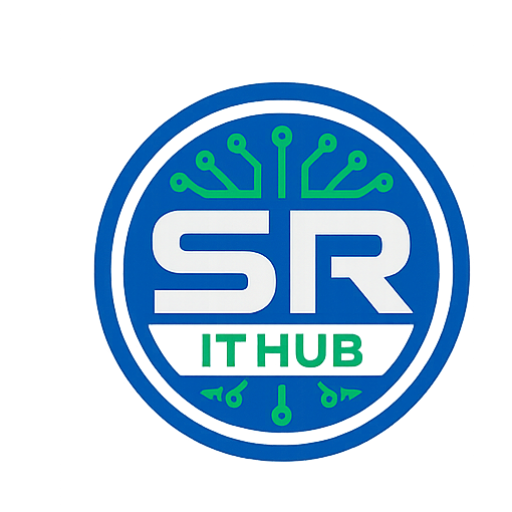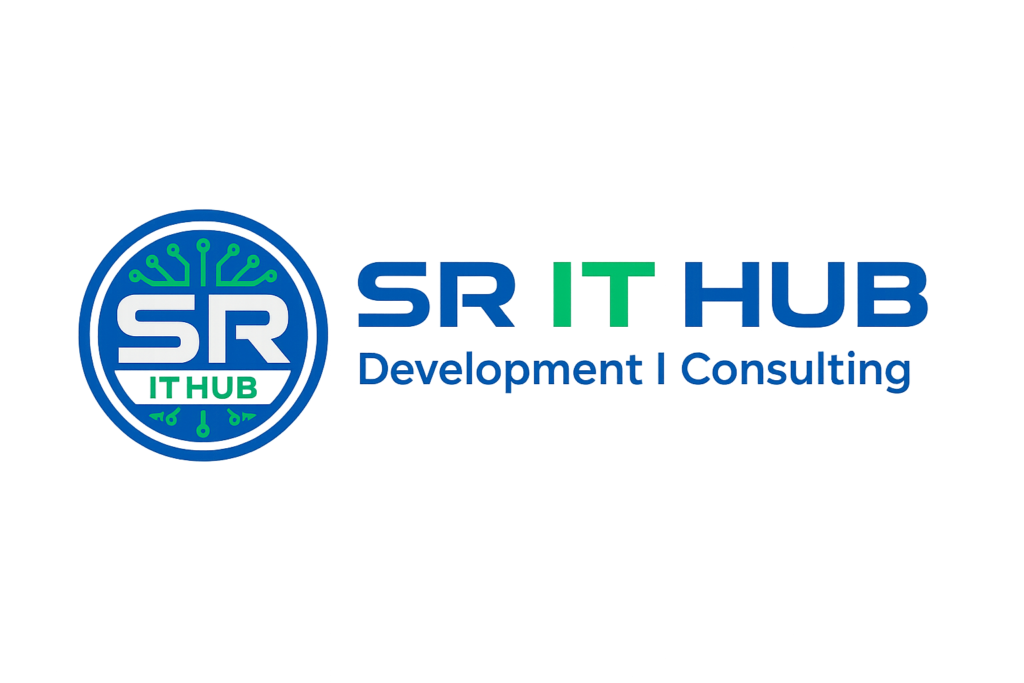Abstract:
In transparent computing, the client terminals are rather light-weighted, while all of the resources (including the operating systems, OSs for short) are stored on remote servers, and delivered on demand to clients in a streaming way. In this paper, we propose a Multilevel Access Control Scheme in Transparent Computing (MACTC) to protect user data with different security levels, and provide multilevel access control and valid identity authentication. The proposed scheme is effective in multilevel data security, flexible in authorized resource sharing, and secure against various malicious attacks. Experiment results verify the feasibility of our scheme. The produced data has different security levels and access permissions. For example, the open files can be shared with everyone, but some sensitive tables may be revealed to specific users, and other private personal information can not be disclosed to anyone. Thus, according to their sensitivity, users classify the information into three categories: public information, sensitive information, private information. While users in transparent computing are supposed to reserve no storage space on their clients, all execution results and data must be stored to the Transparent Servers (TSs).
EXISTING SYSTEM:
Cloud computing is internet based computing which enables sharing of services. Many users place their data in the cloud. However, the fact that users no longer have physical possession of the possibly large size of outsourced data makes the data integrity protection in cloud computing a very challenging and potentially formida-ble task, especially for users with constrained computing resources and capabilities. So correctness of data and security is a prime concern. This article studies the problem of ensuring the integrity and security of data storage in Cloud Computing. Security in cloud is achieved by signing the data block before sending to the cloud. Using Cloud Storage, users can remotely store their data and enjoy the on-demand high quality applications and services from a shared pool of configurable computing resources, without the burden of local data storage and maintenance. However, the fact that users no longer have physical possession of the outsourced data makes the data integrity protection in Cloud Computing a formidable task, especially for users with constrained computing resources. Moreover, users should be able to just use the cloud storage as if it is local, without worrying about the need to verify its integrity. Thus, enabling public auditability for cloud storage is of critical importance so that users can resort to a third party auditor (TPA) to check the integrity of outsourced data and be worry-free. To securely introduce an effective TPA, the auditing process should bring in no new vulnerabilities towards user data privacy, and introduce no additional online burden to user. In this paper, we propose a secure cloud storage system supporting privacy-preserving public auditing. We further extend our result to enable the TPA to perform audits for multiple users simultaneously and efficiently. Extensive security and performance analysis show the proposed schemes are provably secure and highly efficient.
PROPOSED SYSTEM:
THE world recently witnessed a massive surveillance program aimed at breaking users’ privacy. Perpetrators were not hindered by the various security measures deployed within the targeted services . For instance, although these services relied on encryption mechanisms to guarantee data confidentiality, the necessary keying material was acquired by means of backdoors, bribe, or coercion. If the encryption key is exposed, the only viable means to guarantee confidentiality is to limit the adversary’s access to the ciphertext, e.g., by spreading it across multiple administrative domains, in the hope that the adversary cannot compromise all of them. However, even if the data is encrypted and dispersed across different administrative domains, an adversary equipped with the appropriate keying material can compromise a server in one domain and decrypt ciphertext blocks stored therein. In this paper, we study data confidentiality against an adversary which knows the encryption key and has access to a large fraction of the ciphertext blocks. The adversary can acquire the key either by exploiting flaws or backdoors in the key-generation software , or by compromising the devices that store the keys (e.g., at the user-side or in the cloud). As far as we are aware, this adversary invalidates the security.
SYSTEM REQUIREMENTS
SOFTWARE REQUIREMENTS:
• Web Technologies : HTML, CSS, JS. JSP
• Programming Language : Java and J2EE
• Database Connectivity : JDBC
• Backend Database : MySQL
• Operating System : Windows 08/10
HARDWARE REQUIREMENTS:
- Pentium processor : Core I3
- RAM Capacity : 2 GB
- Hard Disk : 250GB
- Monitor : 15’’ Color Monitor
- Key Board : Standard Windows Keyboard
- Mouse : Two or Three Button Mouse

